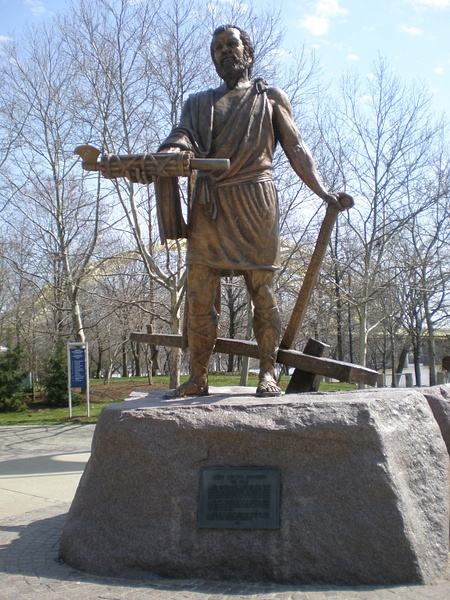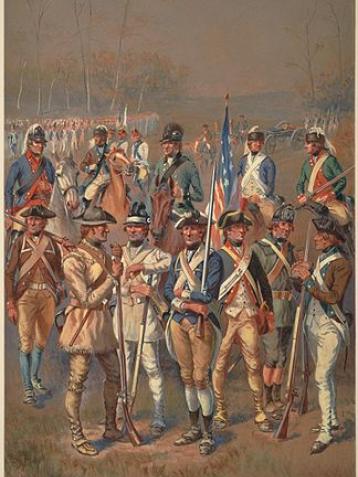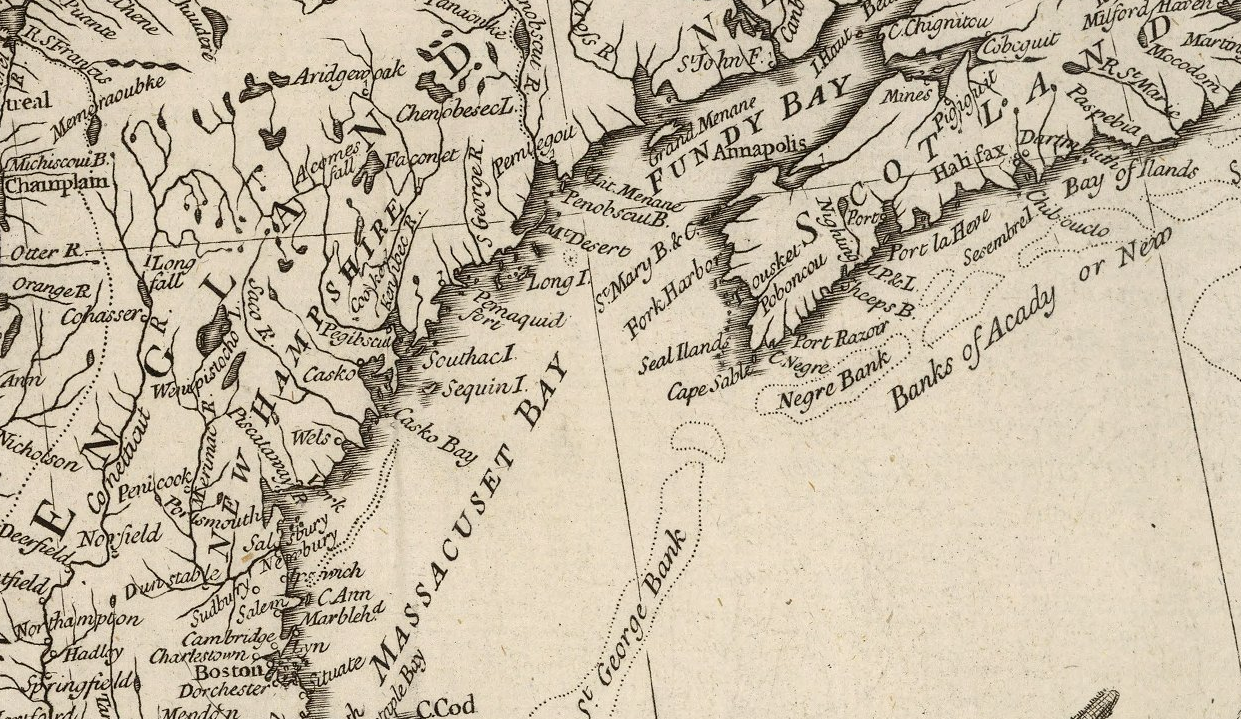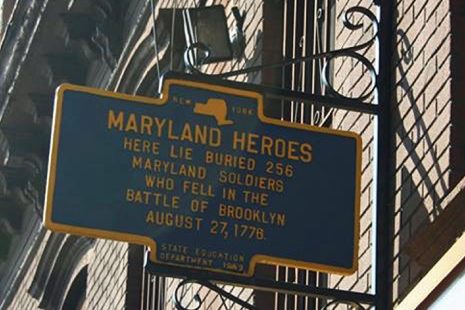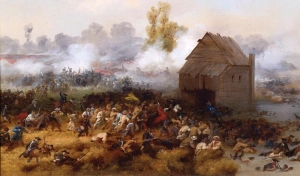
Detail, Alonzo Chappel, The Battle of Long Island, 1858, oil on canvas; M1986.29.1. Brooklyn Historical Society.
Welcome to Finding the Maryland 400, a website dedicated to Maryland’s first Revolutionary War soldiers, who saved the Continental Army in 1776.
This project is a partnership between the Maryland State Archives and the Maryland Society of the Sons of the American Revolution, studying the First Maryland Regiment. At the Battle of Brooklyn (also called the Battle of Long Island), the heroic stand of the “Maryland 400” held back the British Army, allowing the rest of the Americans to escape total destruction, at the cost of many Maryland lives.
You can read biographies of all known Maryland 400 soldiers here.
You can learn more about the lives of these soldiers, their military service, and their communities by our featured blog posts or our list of all posts
You can help support Finding the Maryland 400.
Make a donation to the Friends of the Maryland State Archives, and designate it for the Maryland 400!
Thank you for your support!
If you have questions or suggestions, please get in touch with us at msamaryland400@gmail.com.
Scroll down to read our latest posts!


